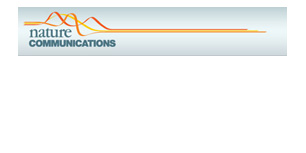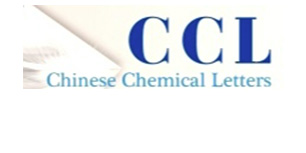CHARMM Drude Polarizable Force Field for Glycosidic Linkages Involving Pyranoses and Furanoses
We present an extension of the CHARMM Drude polarizable force field to enable modeling of polysaccharides containing pyranose and furanose monosaccharides. The new force field parameters encompass 1↔2, 1→3, 1→4, and 1→6 pyranose–furanose linkages, 2→1 and 2→6 furanose–furanose linkages, 2→2, 2→3, and 2→4 furanose–pyranose, and 1↔1, 1→2, 1→3, 1→4, and 1→6 pyranose–pyranose linkages. For the glycosidic linkages, both simple model compounds and the full disaccharides with methylation at the reducing end were used for parameter optimization. The model compounds were chosen to be monomers or glycosidic-linked dimers of tetrahydropyran (THP) and tetrahydrofuran (THF). Target data for optimization included one- and two-dimensional potential energy scans of ω and the Φ/Ψ glycosidic dihedral angles in the model compounds and full disaccharides computed by quantum mechanical (QM) RIMP2/cc-pVQZ single point energies on MP2/6-31G(d) optimized structures. Also included in the target data are extensive sets of QM gas phase monohydrate water–saccharide interactions, dipole moments, and molecular polarizabilities for both model compounds and full disaccharides. The resulting polarizable model is shown to be in good agreement with a range of QM data, offering a significant improvement over the additive CHARMM36 carbohydrate force field, as well as experimental data including crystal structures and conformational properties of disaccharides and a trisaccharide in aqueous solution.
Recommended for you
-

 Novel Computational Approach to Guide Impurities Rejection by Crystallization: A Case Study of MRTX849 Impurities
Novel Computational Approach to Guide Impurities Rejection by Crystallization: A Case Study of MRTX849 Impurities -

 Structural identification of vasodilator binding sites on the SUR2 subunit
Structural identification of vasodilator binding sites on the SUR2 subunit -

 Toward accurate and efficient dynamic computational strategy for heterogeneous catalysis: Temperature-dependent thermodynamics and kinetics for the chemisorbed on-surface CO
Toward accurate and efficient dynamic computational strategy for heterogeneous catalysis: Temperature-dependent thermodynamics and kinetics for the chemisorbed on-surface CO








